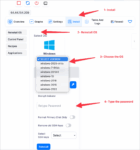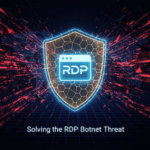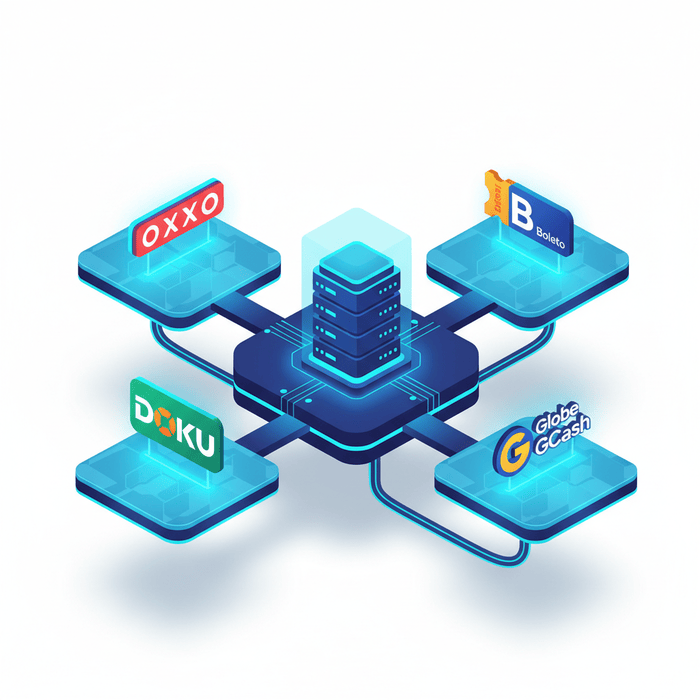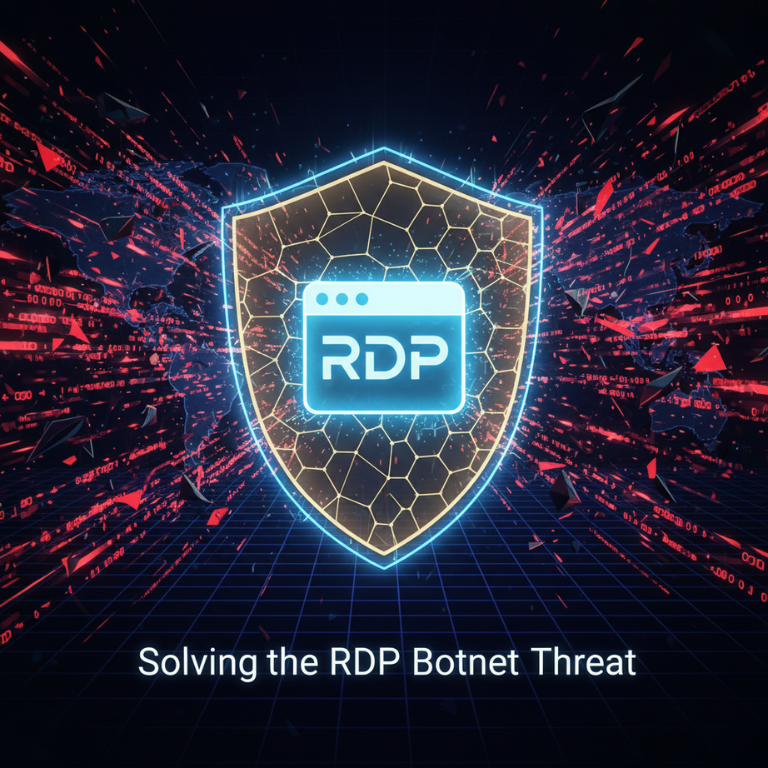Table of Contents
1. Introduction to Bitcoin Transactions
2. The Process of BTC Confirmations
3. Factors Influencing Confirmation Time
4. The Role of Mempool in Transaction Time
5. Transaction Fees and Their Impact
6. Possible Solutions to Speed Up Transactions
7. Future Prospects for Faster Confirmations
8. Conclusion
Introduction to Bitcoin Transactions
Bitcoin, the world’s first cryptocurrency, operates on a decentralized network that allows peer-to-peer transactions. Although renowned for its security and transparency, the speed of Bitcoin transactions can sometimes be a matter of concern. This article aims to dissect why BTC confirmations might take longer than expected.
The Process of BTC Confirmations
A BTC confirmation is a verification process where a transaction is included in a block and then added to the blockchain. For a transaction to be considered fully secure, it typically requires multiple confirmations. But why does this process sometimes take so long?
Factors Influencing Confirmation Time
1. **Network Congestion**: If many users are performing transactions simultaneously, the network can become congested, causing delays.
2. **Block Size Limit**: With a 1MB block size limit, only a certain number of transactions can be processed within a single block, leading to potential delays.
3. **Mining Power (Hashrate)**: A lower overall mining power means that blocks are found less frequently, slowing down the confirmation process.
The Role of Mempool in Transaction Time
Mempool, short for “memory pool,” is a holding space for unconfirmed transactions. When the mempool is crowded, transactions can get stuck, waiting for their turn to be included in a block.
Transaction Fees and Their Impact
Miners prioritize transactions with higher fees. If your transaction fee is low, miners might prioritize others over yours, leading to longer confirmation times.
Possible Solutions to Speed Up Transactions

As Bitcoin continues to grow in popularity, the delays in transaction confirmation times can be a real concern. However, there are several strategies and solutions that users can employ to potentially speed up this process:
-
Increasing Transaction Fees:
- Description: Miners prioritize transactions with higher fees. By offering a higher fee, your transaction might be processed more quickly.
- How to Implement: Most wallet software allows users to set custom transaction fees. Increasing the fee may lead to quicker confirmation, especially during times of network congestion.
-
Using Transaction Accelerators:
- Description: Transaction accelerators are third-party services that can help expedite the confirmation process for a fee.
- How to Implement: Submit your transaction ID to a reputable accelerator service. Some mining pools also offer this service, prioritizing your transaction for quicker inclusion in a block.
-
Transacting During Off-Peak Hours:
- Description: Performing transactions when the network is less busy might result in faster confirmations.
- How to Implement: Monitor the network’s transaction backlog and mempool size to identify less congested times, typically during weekends or nighttime hours in major time zones.
-
Utilizing SegWit (Segregated Witness) Transactions:
- Description: SegWit is a protocol upgrade that helps increase block capacity, allowing more transactions to be included.
- How to Implement: Use a wallet that supports SegWit transactions, and make sure to send to a SegWit-enabled address.
-
Using the Lightning Network for Small Transactions:
- Description: The Lightning Network is a second-layer solution that enables instant and low-cost transactions.
- How to Implement: Set up a Lightning wallet, fund it with Bitcoin, and transact with others on the Lightning Network.
-
Choosing the Right Confirmation Threshold:
- Description: Some services and transactions may not require the standard number of confirmations, which can reduce waiting time.
- How to Implement: Depending on the receiving party’s requirements and the transaction’s risk level, choose an appropriate number of required confirmations.
-
Child Pays for Parent (CPFP) Technique:
- Description: If your transaction is stuck due to a low fee, you can create a new transaction with a higher fee to encourage miners to confirm both transactions.
- How to Implement: This method requires technical expertise and specific wallet support. Use it with caution and consider seeking expert guidance if needed.
By understanding and implementing these solutions, Bitcoin users can significantly reduce the time it takes for transactions to be confirmed. It is essential to assess the specific circumstances of each transaction and apply the most suitable strategies accordingly.
Future Prospects for Faster Confirmations
Developments like the Lightning Network and SegWit aim to address the scalability issues and reduce transaction times. Continued research and development in these areas are essential for maintaining Bitcoin’s efficiency and utility.
Conclusion
BTC confirmations taking a long time can be frustrating for users but understanding the underlying reasons and possible solutions can alleviate some of this stress. From network congestion to transaction fees, various factors contribute to this delay. Utilizing available tools and understanding the system’s workings can guide users to make informed decisions, potentially reducing wait times. With ongoing advancements in technology, the future might hold a more streamlined and faster process for BTC confirmations.









